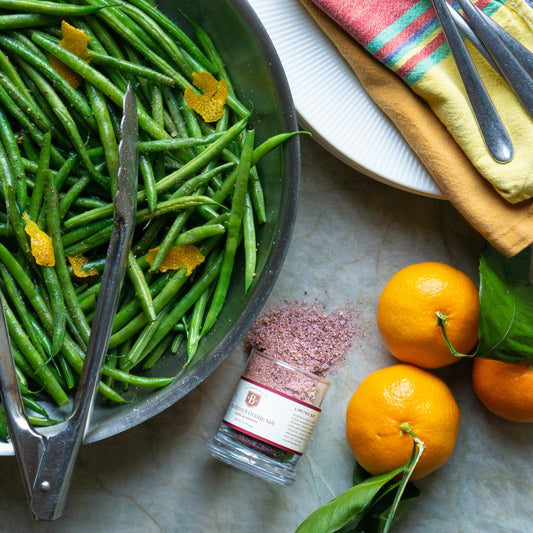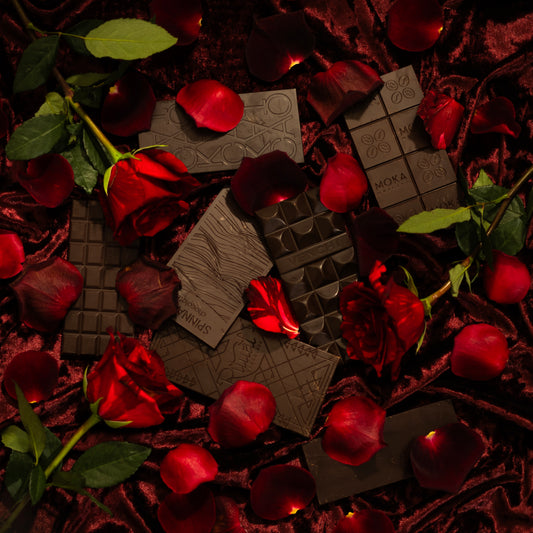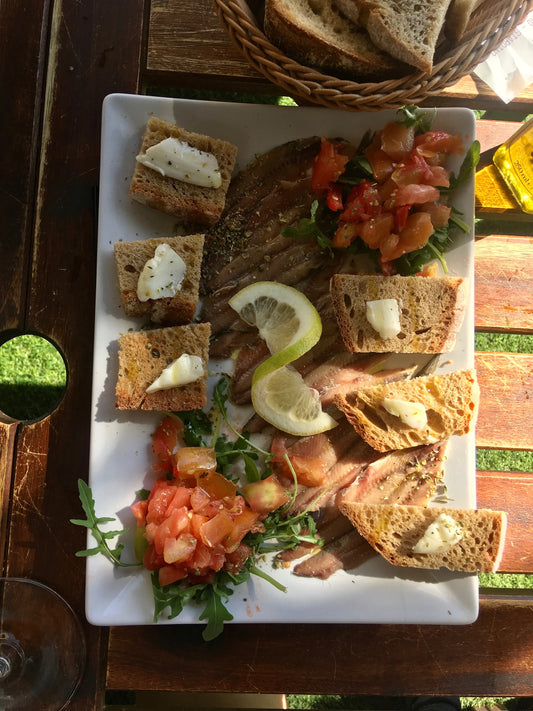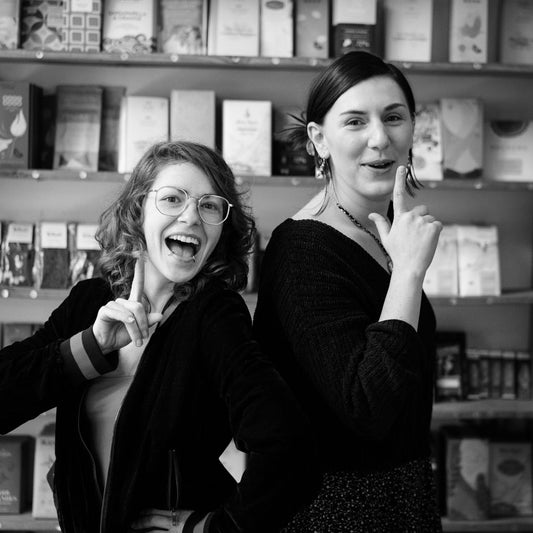
It starts with great cacao.
Just a few decades ago, virtually all cacao was sold as a bulk commodity, with little attention paid to differences in quality from farm to farm and region to region. Now a new generation of chocolate makers and farmers are leading a renaissance in cacao quality. Great cacao doesn’t guarantee a yummy dark chocolate. Expert craftsmanship is paramount. But even the best chocolate makers in the world have a hard time working with cacao that hasn’t been grown, fermented, and dried properly.
Most chocolate makers do not own or operate the plantations that grow cacao for their chocolate, though some bars are produced on site. Instead, they purchase cacao directly from farmers, farmer co-ops, or from distributors that work as middlemen. Many cacao farmers have never tasted the finished chocolate made with their crop. By forming a direct relationship with farmers, bean-to-bar chocolate makers can form partnerships and help farmers improve their fermentation, drying and roasting processes to produce the best possible cacao. Askinosie, for example, says that their direct relationships with farmers have improved the quality of the beans that go into their chocolate.
There are dozens of variables that contribute to making the best dark chocolate, and many of the most important take place on the farm where the cacao is grown. The very best chocolate is not just the result of expert craftsmanship on the part of the chocolatier, but also on the genetic variety of the cacao bean, soil and weather conditions, harvesting knife work, and skillful and attentive fermentation and drying. Here are some of the most important factors that make the best cacao beans:
Growing Conditions of Cacao
Cacao beans grow as seeds in large pods that sprout from the trunk and branches a tree, T. cacao. The conditions in which these trees grow set high quality artisan chocolate apart from a cheap supermarket candy bar. Beans grown in different locations tend to have different qualities based on weather and soil quality. Crops can vary in quality from year to year, and artisan chocolate makers take these factors into account when crafting chocolate.

Cacao Genetics
The tree T. cacao comes in two varieties: Criollo and Forestero. They are as different from one another as Pinot Noir is from Muscat, as a Dalmatian from a Dachshund. Criollo trees accounts for less than 1% of the world’s cacao supply, but are used in some of the world’s greatest chocolate. Beans grown in the Chuao and Porcelana regions of Venezuela, for example, are some of the best in the world.
Forastero trees are grown primarily in Africa, particularly in Ivory Coast and Ghana, and account for the vast majority cacao production. Beans from Forastero trees aren’t as flavorful as Criollo. However, Forastero are more resilient to disease and have a greater output than Criollo, which makes them ideal for mass-production.
The Trinitario bean is a common hybrid between Criollo and Forastero. It was created by the Spanish to combine the taste of Criollo with the hardiness of Forastero. Another well-known variety is the Nacional bean. Native to Ecuador, it is a more flavorful variety of the Forastero bean. These hybrids are often considered to be just as flavorful as Criollo.
There is considerable complexity and debate over the genetics of cacao in general and over the relative purity of various strains. T. cacao is a genetically flexible plant. Cacao flowers can be pollinated multiple times, so a single cacao pod might hold seeds with both ‘pure’ and ‘hybrid’ genetics. But the best, most assiduously produced Forastero cacao can be superior to mediocre Criollo or Trinitario. Genetics is just one of several important parts of what makes a great chocolate bar.
Cacao Harvesting
Cacao pods are be harvested throughout the year, and mature at different rates on the same tree. Each pod must be individually evaluated and removed by hand, usually with a machete or long knife. Harvesting too early or too late will negatively effect the flavor of the cacao. After the pods have been opened by hand, the mucilage - white pulp that covers the beans - is then strained and separated away.
It’s crucial that none of the beans are cut or damaged when the pod is opened. Proper harvest will include discarding any beans damaged in this process. Damaged beans are more likely to catch a disease or fungus, which will change the flavor profile of an entire harvest.
Cacao Fermentation
This is a crucial step for full flavor development in cacao. Cacao fermentation is a two-step – anaerobic and aerobic fermentation. In anaerobic fermentation, the cacao is protected from air to allow microorganisms like yeast to grow. These bacteria eat the proteins and sugars of the seed, breaking them down and creating alcohol as a byproduct. Anaerobic fermentation also creates heat, which destroys the germ of the seed, which is particularly bitter. In the second state, air is introduced to promote aerobic fermentation. The alcohol turns to vinegar, and the sugars and proteins continue to break down, developing and improving the flavor of the bean. The length of fermentation, temperature, and the amount of air exposed to the cacao are all variables that need to be controlled in order to produce beans that will make the best chocolate.
Fermentation typically lasts from three to seven days. Different varieties of beans need to be fermented for different lengths of time. Forastero beans tend to require a longer fermentation time than Criollo.

Drying and Sorting of Cacao
Fermented beans must be dried to protect against mold and fungus growth, while maintaining enough moister to avoid becoming brittle or cracked. This requires a delicate process. Depending on the climate, beans may be dried on concrete pads, in covered trays, or by fire. While drying, the grower must make sure that the beans do not get too hot, that they do not pick up tastes from pollutants like smoke, and that they are not rained on.
Once the beans are dried, they must be sorted and graded. One bad bean can ruin a whole bag of cocoa, and imperfect beans can undercut a chocolate because they may roast inconsistently or otherwise act differently during the chocolate making process. It is up to the farmer to make sure that her beans are consistently of high quality, and it is up to the chocolate maker to sample and verify the beans she is buying.
The Difference Between ‘Cacao’ and ‘Cocoa’
The words ‘cacao’ and ‘cocoa’ are often used interchangeably, and there is no absolutely correct way to use them. In general, ‘cacao’ is used to describe the tree and its seeds, while ‘cocoa’ describes the products made from ‘cacao.’ Here’s a little narrative to help:
Cacao trees grow in the warmest parts of the world, usually within 20 degrees latitude of the equator. These plants produce cacao pods, which hold cacao seeds. These pods are harvested and the seeds are removed and dried. These seeds are used to make cocoa products, such as cocoa solids, cocoa powder, and cocoa butter.









